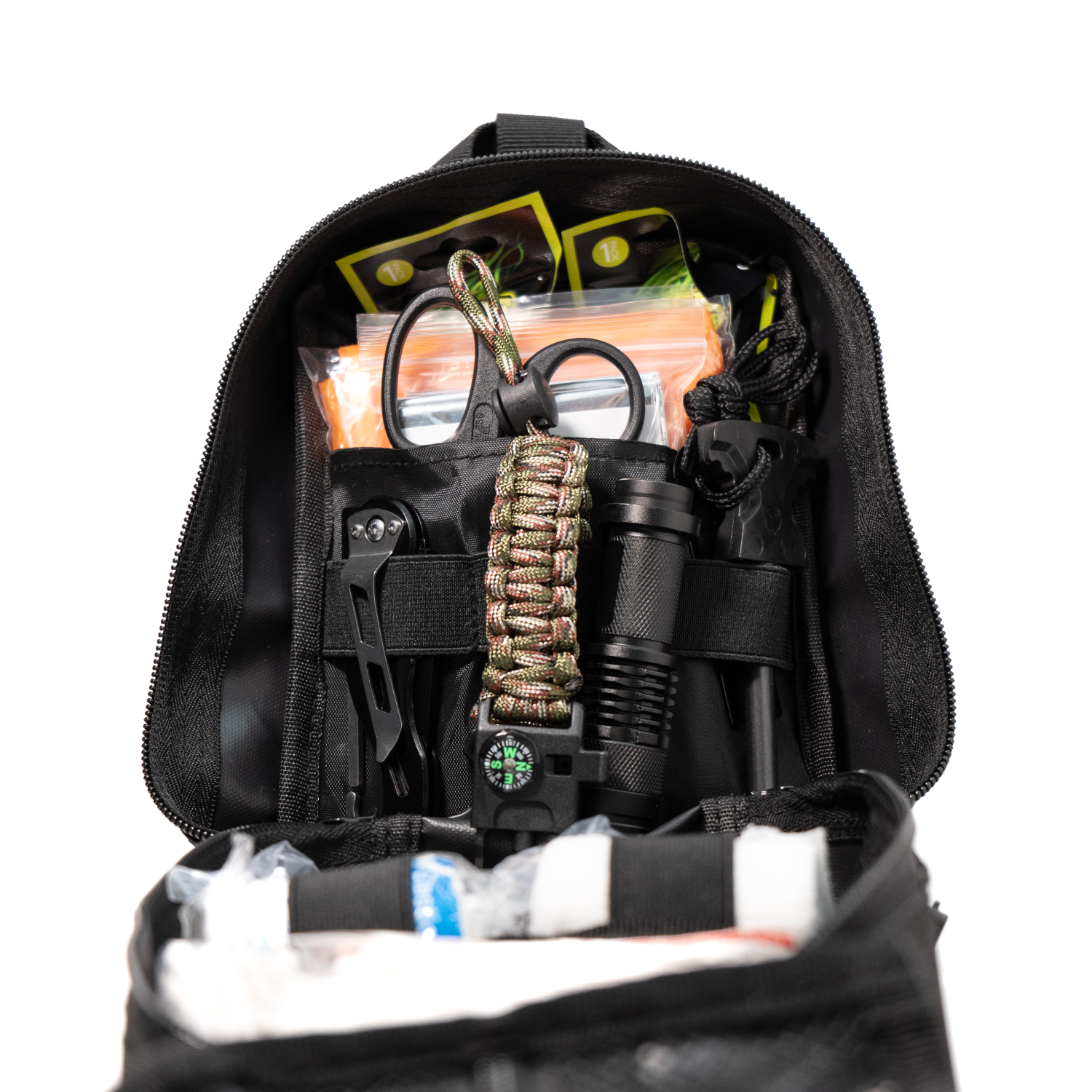Emergency Planning
May 18, 2024 | by N Johansson
The Ultimate Guide to Emergency Planning for Your Household
Emergencies can strike at any time, and being prepared could make all the difference. This comprehensive guide will help you develop an effective emergency plan for your household, touching on key areas such as evacuation routes, communication plans, and even pet preparedness. By the end, you'll be fully equipped to face any crisis with confidence.
Table of Contents
- Introduction to Emergency Planning
- Creating Household Emergency Plans
- Establishing Evacuation Routes
- Developing Communication Plans
- Community Preparedness Strategies
- Emergency Preparedness for Pets
- Preparing Legal and Financial Documents
1. Introduction to Emergency Planning
Emergency planning is crucial for ensuring the safety and well-being of your household during various crises, whether natural disasters, fires, or man-made events. This guide will provide you with all the information you need to create a robust, actionable plan that protects you and your loved ones.
2. Creating Household Emergency Plans
A well-thought-out emergency plan should detail specific actions for various scenarios. Here’s a step-by-step guide to help you get started:
- Identify Potential Risks: Assess the types of emergencies that can occur in your area (e.g., earthquakes, floods, power outages).
- Develop Specific Plans: Tailor your emergency plans to each type of risk identified.
- Assign Roles and Responsibilities: Determine who will be responsible for certain tasks, such as gathering supplies or managing communications.
- Create a Disaster Supply Kit: Include essential items like food, water, medications, and clothing.
- Review and Practice Regularly: Ensure everyone in your household knows the plan by conducting regular drills.
3. Establishing Evacuation Routes
Choosing the right evacuation routes is critical for quickly and safely getting out of harm's way. Here’s how to establish effective routes:
- Identify Multiple Exits: Have at least two escape routes from each room in your home.
- Consider Transportation Options: Plan for different modes of transportation, such as cars, public transport, or even on foot.
- Map Out Safe Locations: Identify local shelters, friends' or family members' homes, and other safe havens.
- Avoid Known Hazards: Learn about any potential hazards along your routes, such as flood zones or areas prone to fires.
4. Developing Communication Plans
Staying in touch with your family during an emergency is essential. Here’s how to develop a comprehensive communication plan:
- Emergency Contact List: Compile a list of essential contacts, including family members, friends, and emergency services.
- Designate a Meeting Point: Choose a central location where everyone can regroup if separated.
- Alternative Communication Methods: Establish secondary means of communication, such as walkie-talkies or a pre-agreed meeting time if phone lines are down.
- Regular Updates: Make sure all family members update their contact information and emergency plans periodically.
5. Community Preparedness Strategies
Being prepared at the community level can significantly increase your chances of handling an emergency effectively. Here’s what you can do:
- Join a Community Network: Participate in local emergency preparedness groups or neighborhood watch organizations.
- Shared Resources: Collaborate with neighbors to create shared resources like communal first aid kits, food supplies, and water storage.
- Community Training Programs: Attend or organize first aid, fire safety, and emergency response training sessions.
6. Emergency Preparedness for Pets
Pets are part of the family, and their safety should be included in your emergency plans:
- Pet Emergency Kit: Include items like pet food, water, medications, and identification.
- Safe Shelter: Identify pet-friendly shelters or hotels in your area.
- Evacuation Plan: Practice evacuating with your pets to ensure they remain calm and manageable during an actual emergency.
7. Preparing Legal and Financial Documents
Having your legal and financial documents in order is crucial for recovery after an emergency:
- Important Documents: Gather documents such as birth certificates, insurance policies, and medical records.
- Secure Storage: Keep these documents in a fireproof and waterproof container, and have digital copies stored securely online.
- Regular Updates: Periodically review and update your documents to reflect any changes in your household’s circumstances.
Conclusion
Being prepared for an emergency involves careful planning and regular practice. By following this guide, you'll ensure that you, your family, and your pets are ready to face any crisis that may arise. With step-by-step instructions, detailed planning strategies, and a focus on various aspects of emergency preparedness, this guide will help you create a robust emergency plan tailored to your needs.
Comments and Feedback
Have any tips or experiences to share? Send us a message on our contacts and we'll write all about it.
Read more about Emergency Planning
Read more about Emergency Planning




